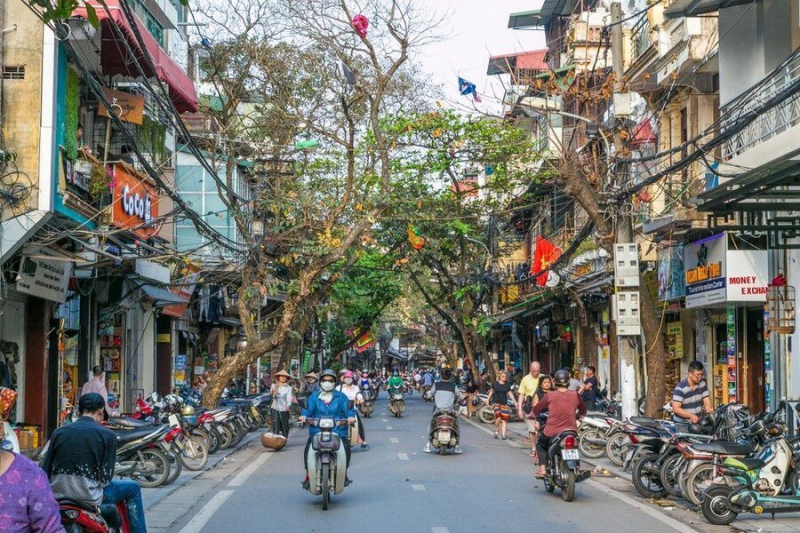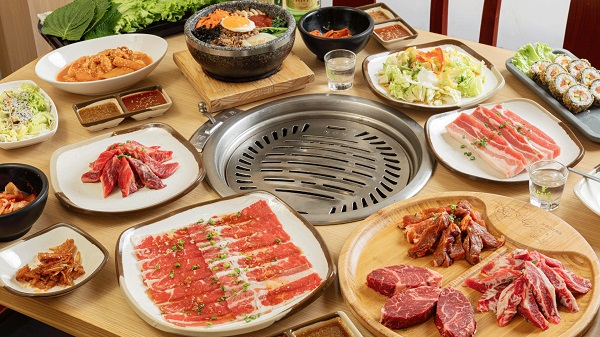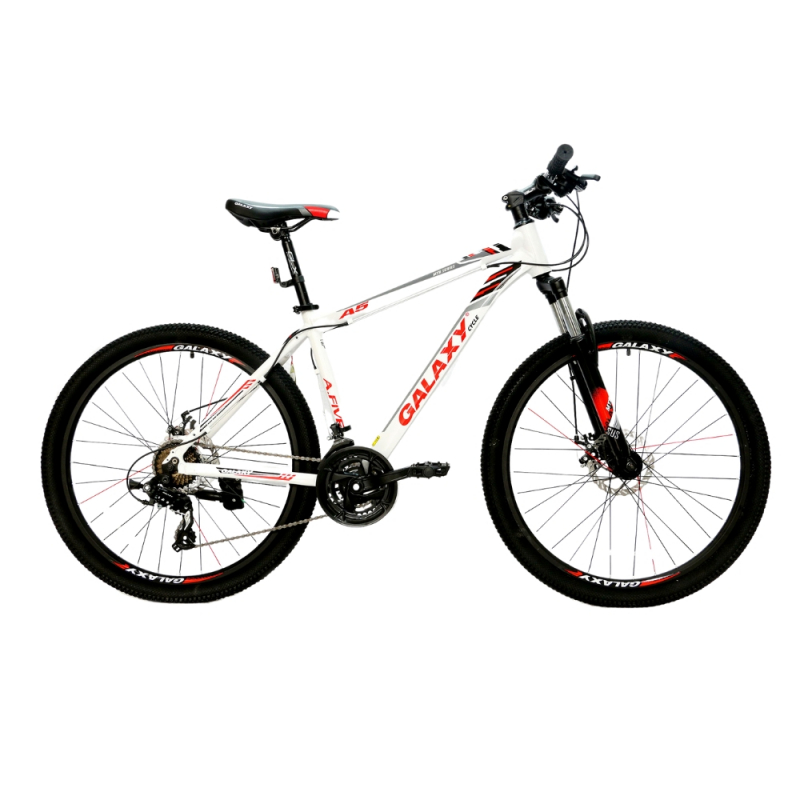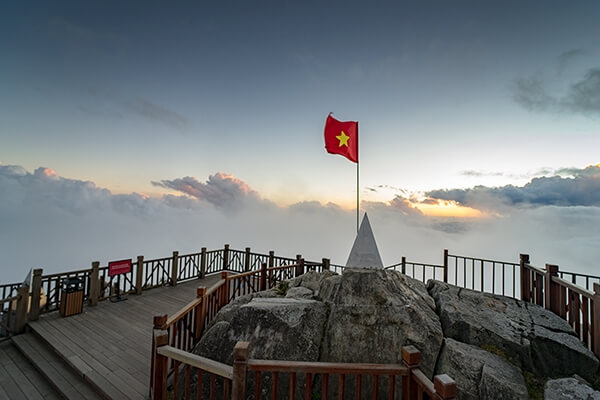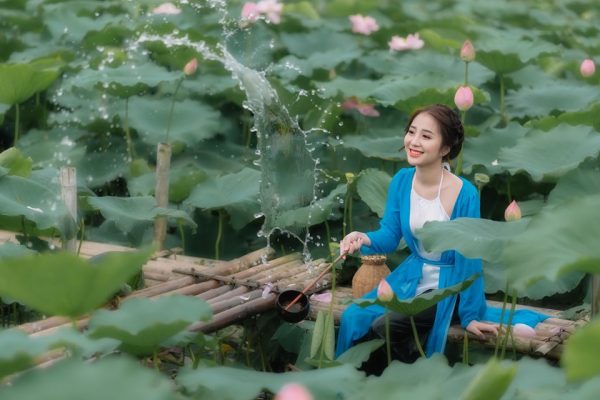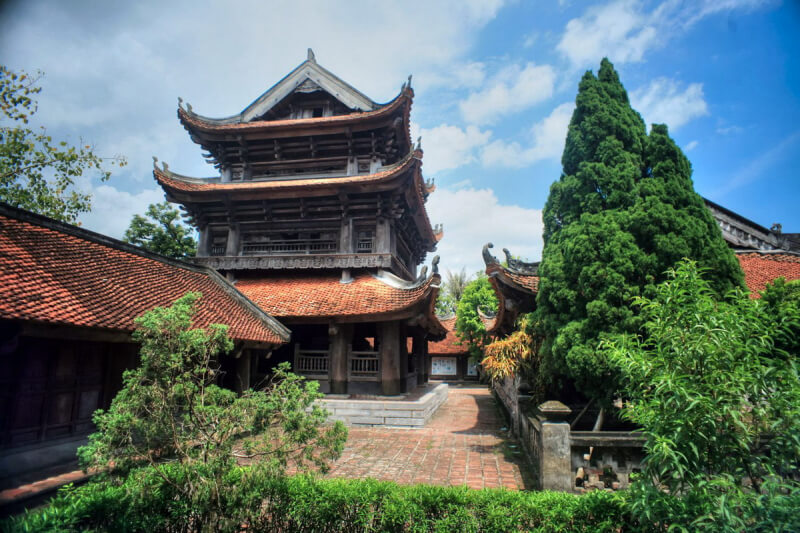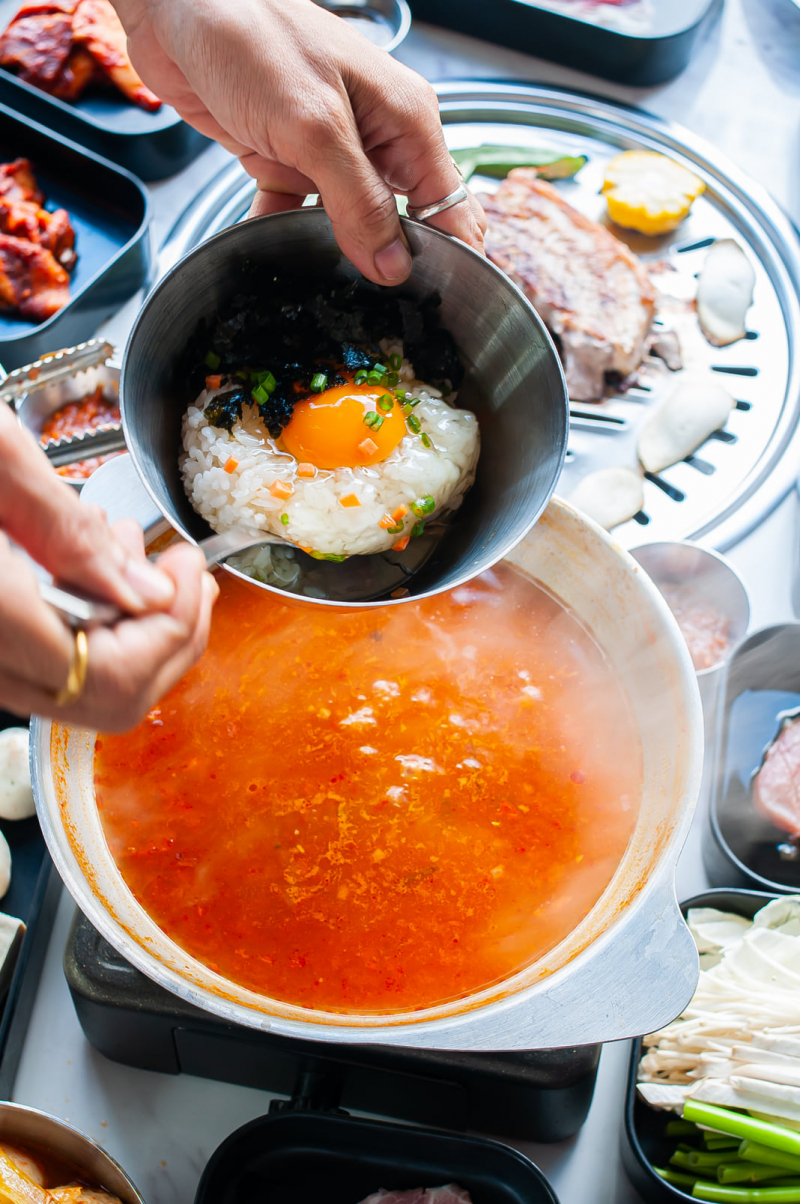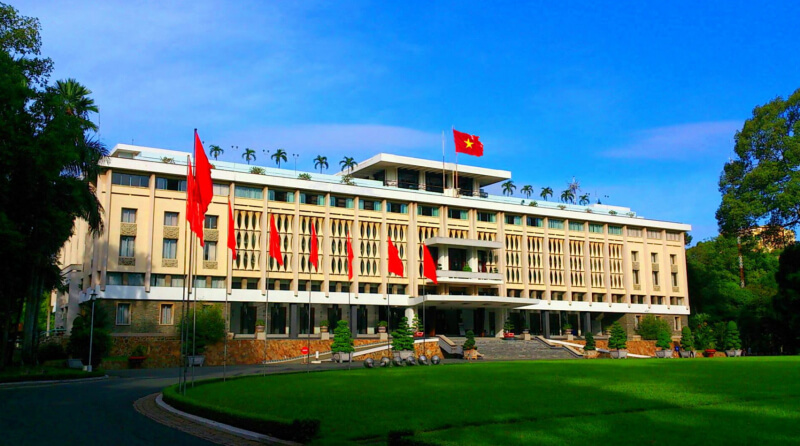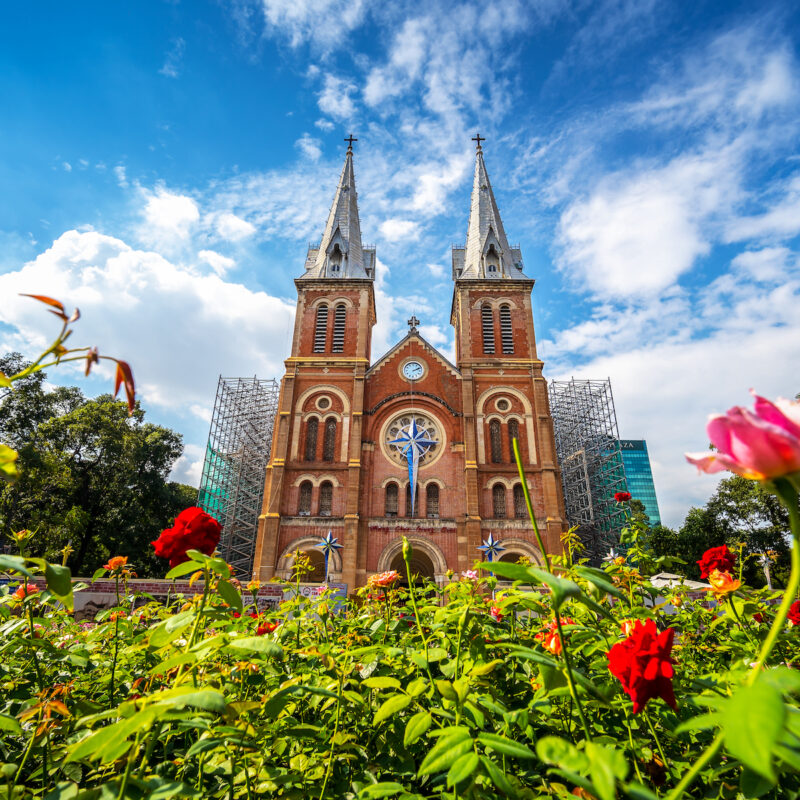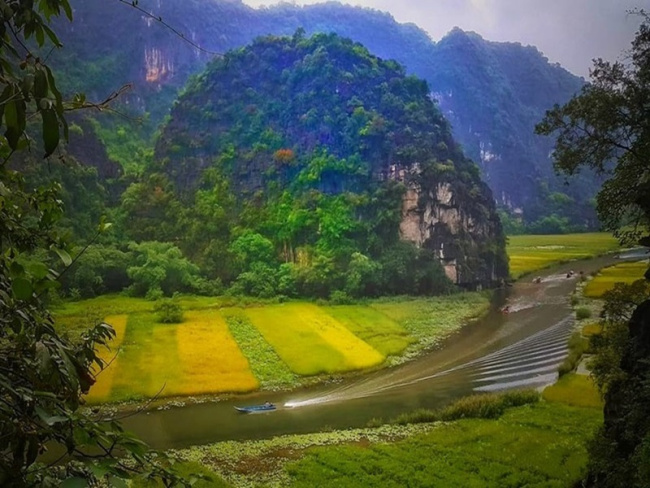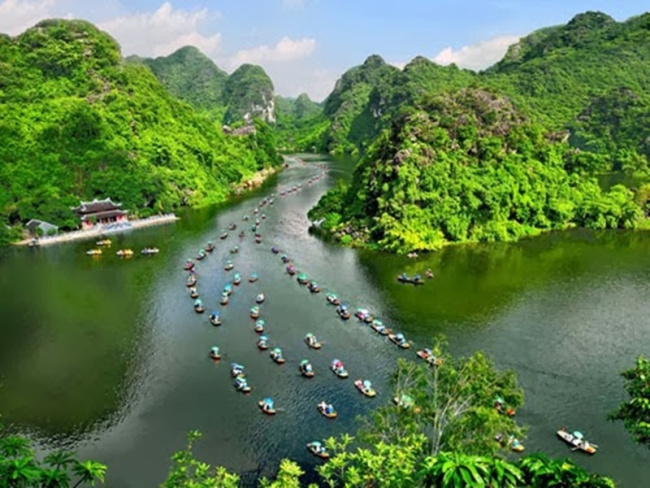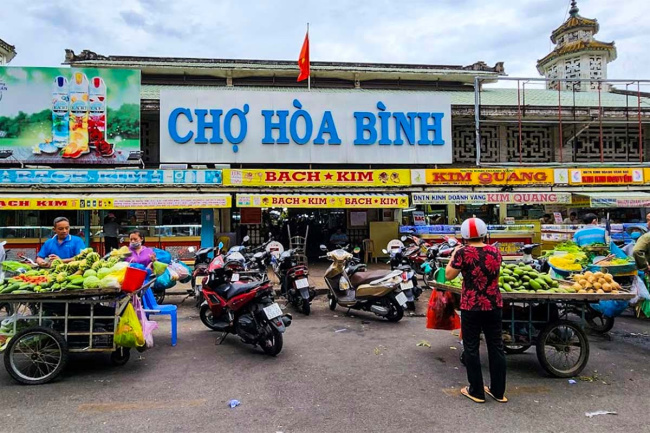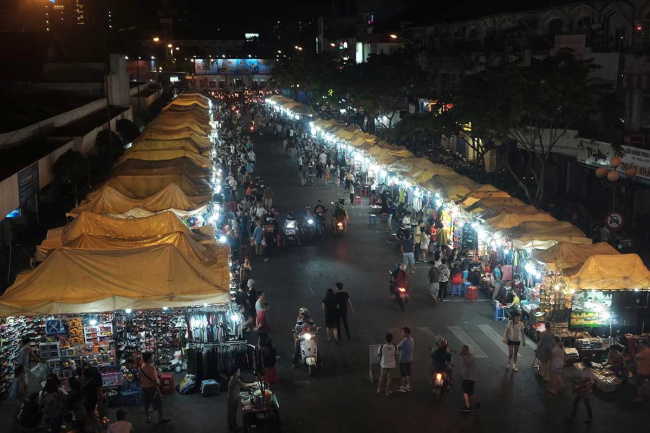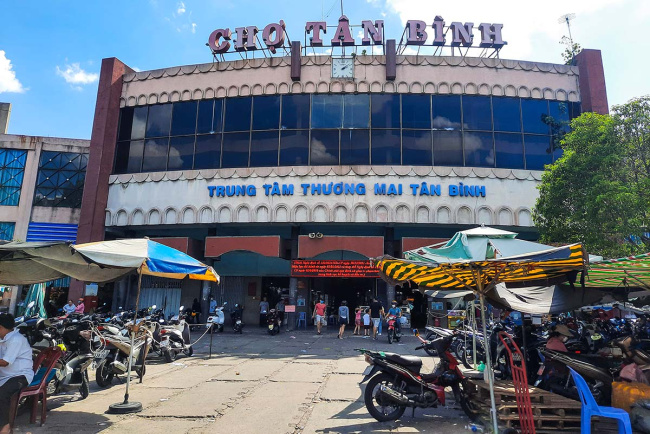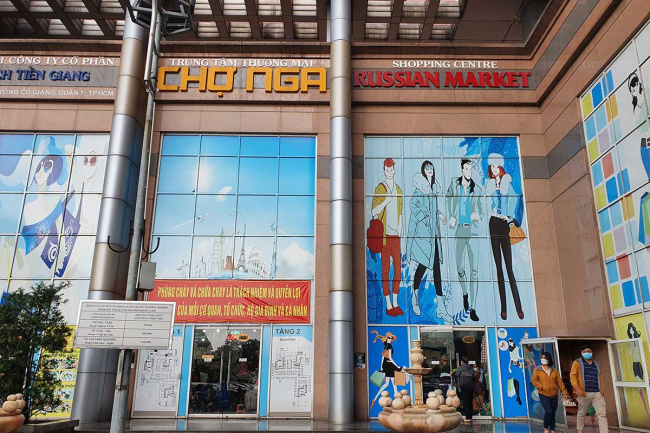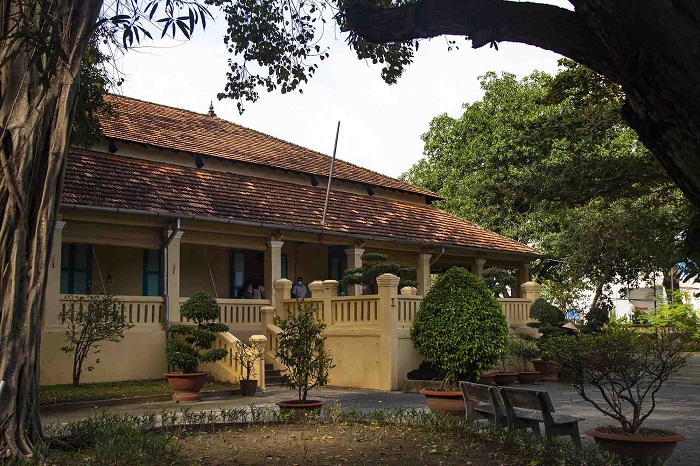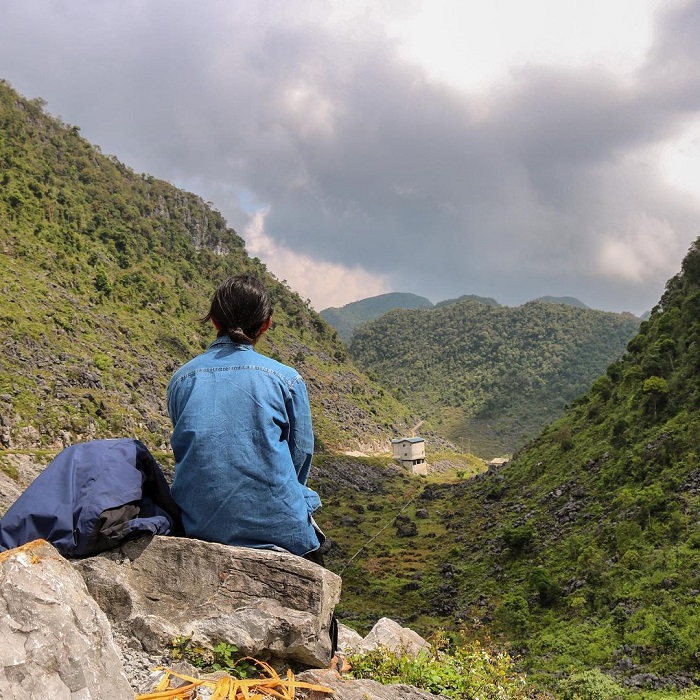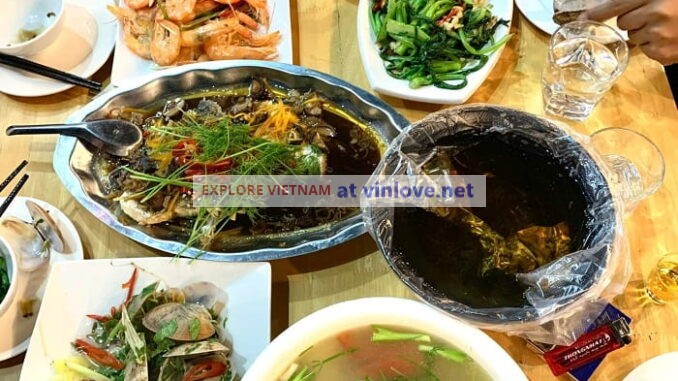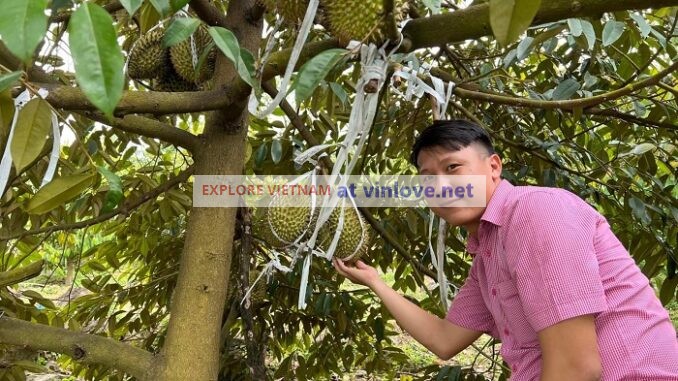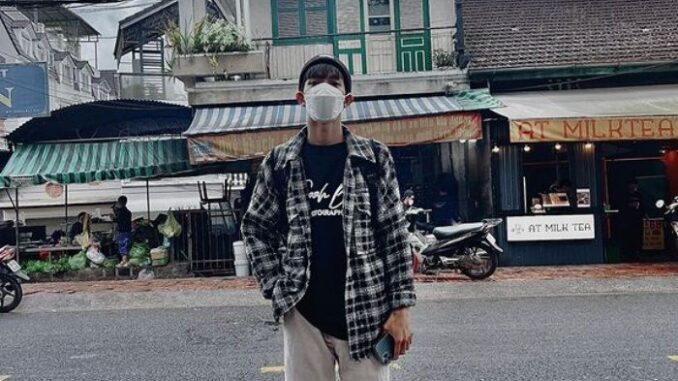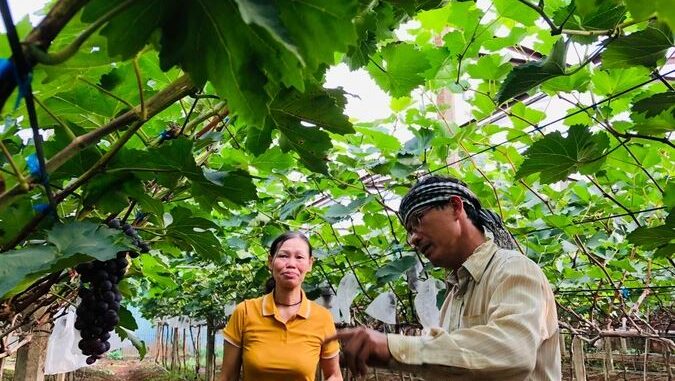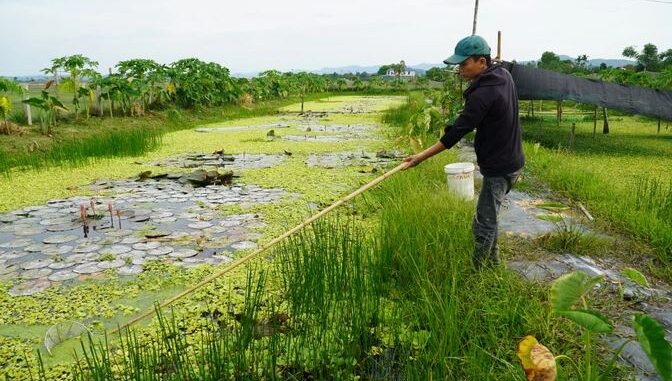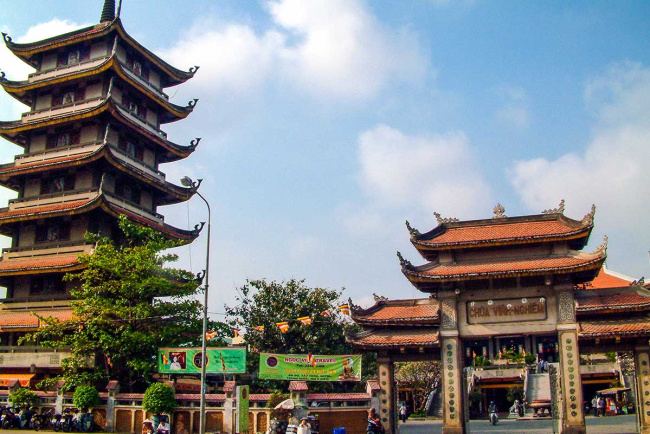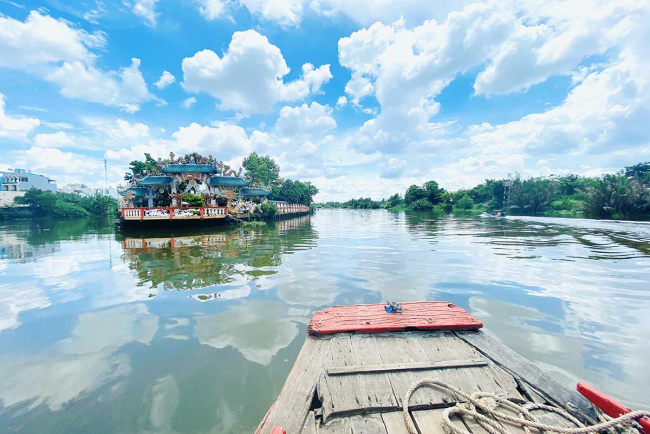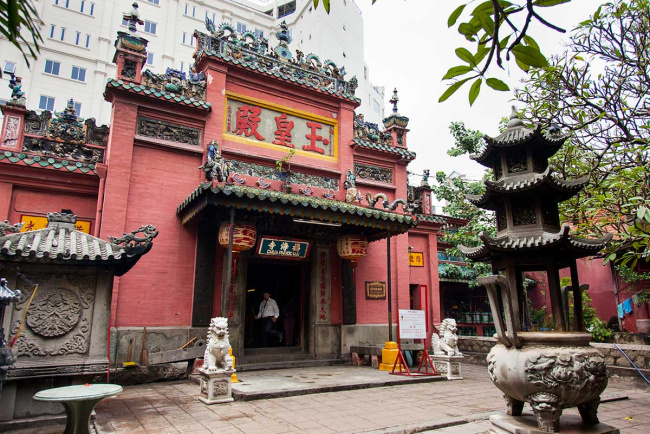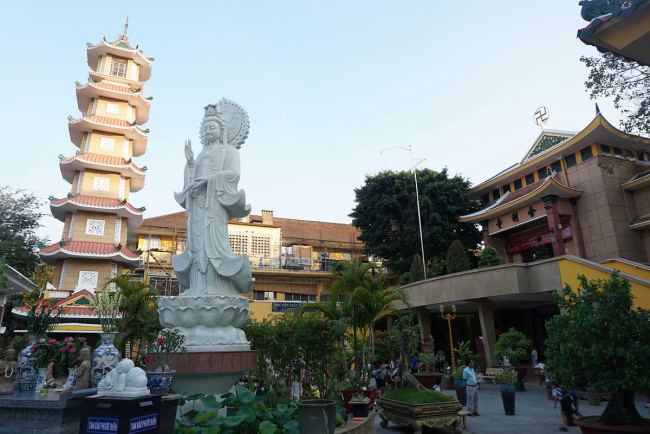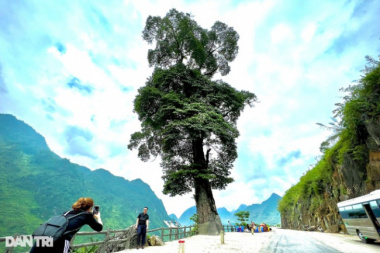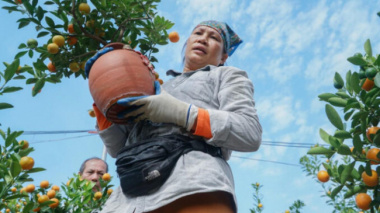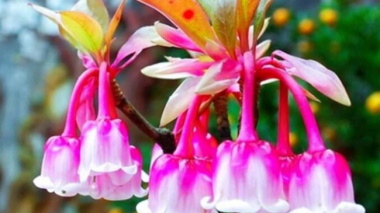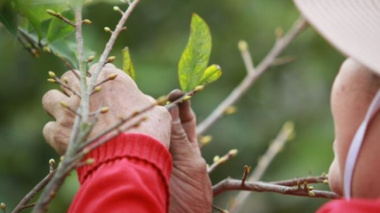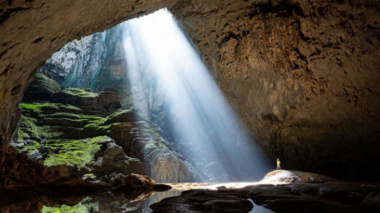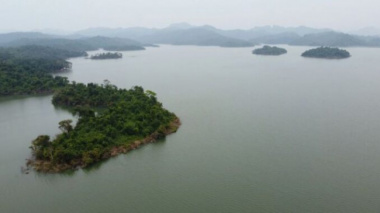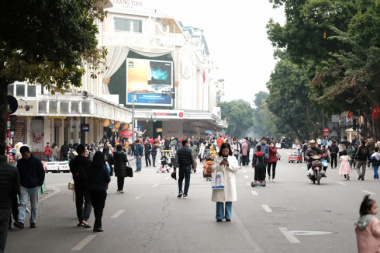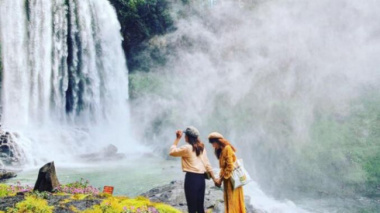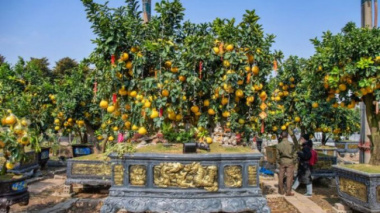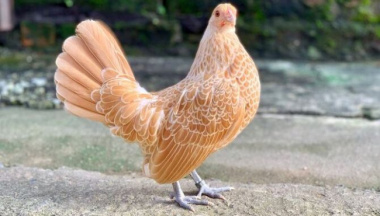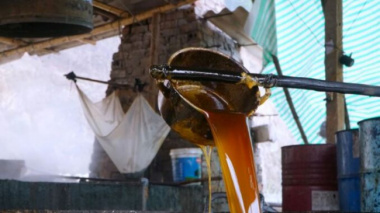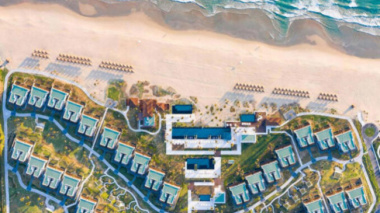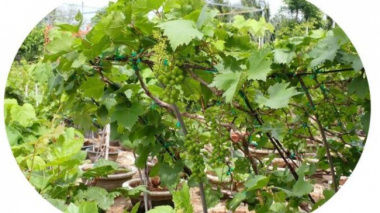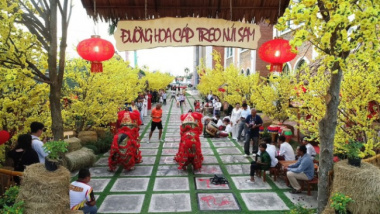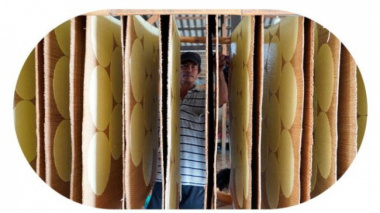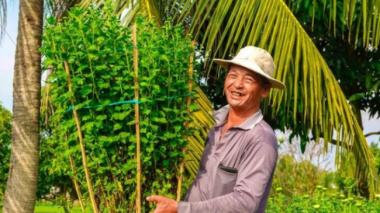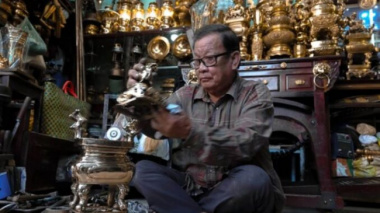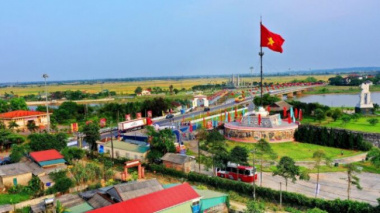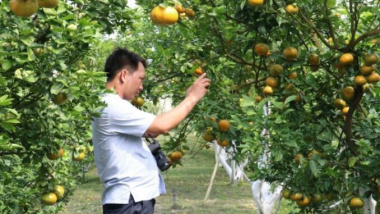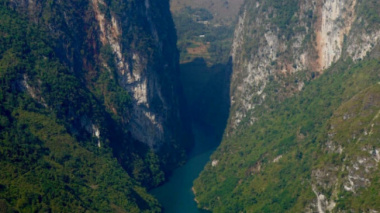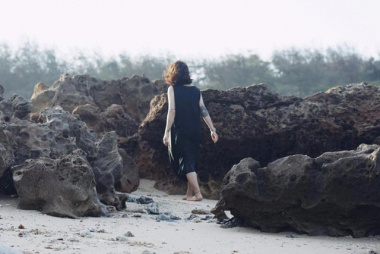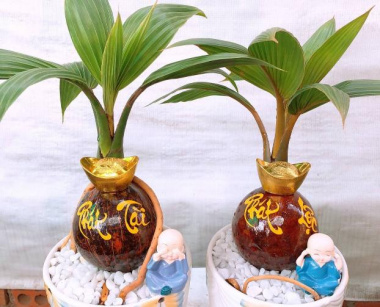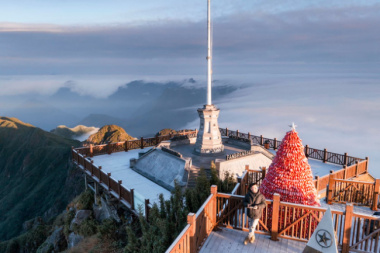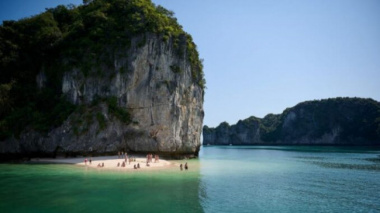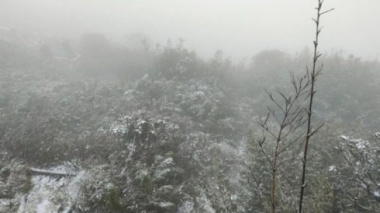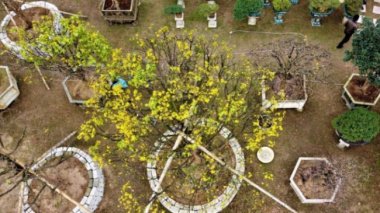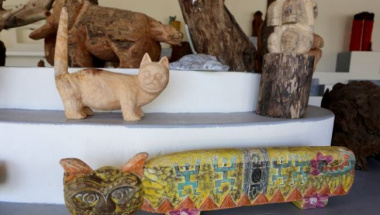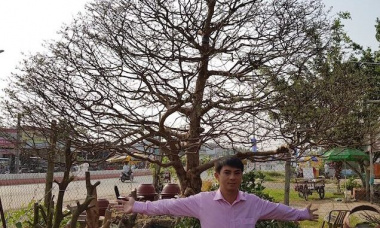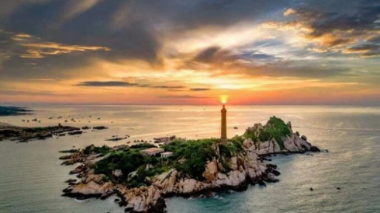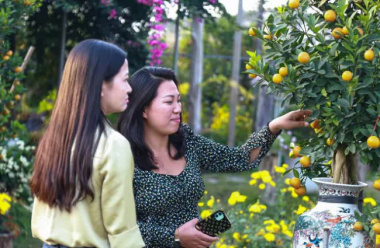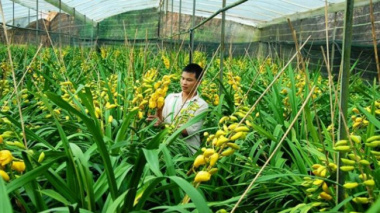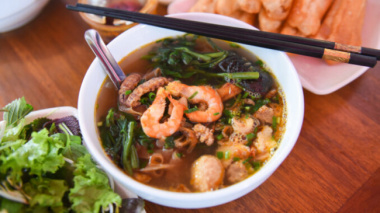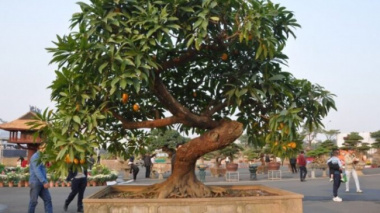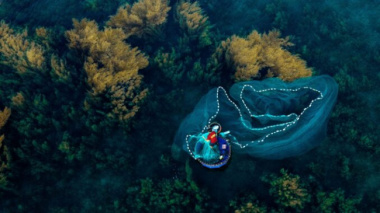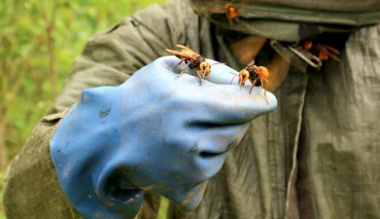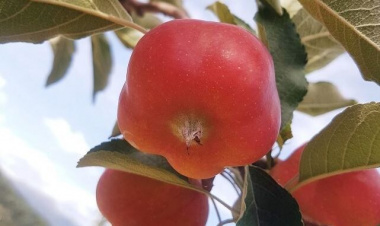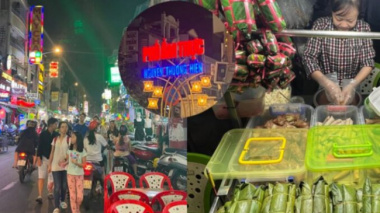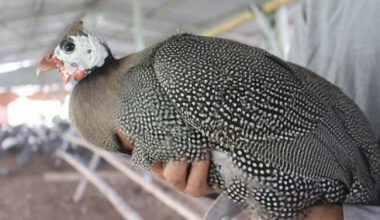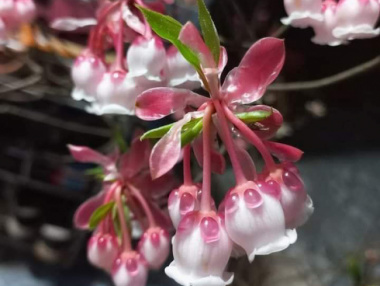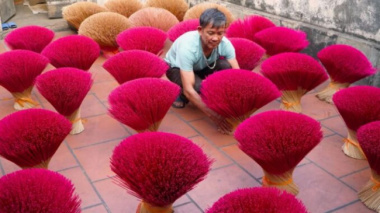The Most Dangerous Wildlife in Vietnam
- What dangerous animals live in Vietnam?
- King Cobra
- Malayan Pitviper
- White-lipped Pitviper
- Many-banded Krait
- Weaver Ants
- Saltwater Crocodile
- Indochinese Tiger
- Clouded Leopard
- Golden Jackal
- Asian Black Bear and Sun Bear
- Wild Boar
- Keep Your Distance and Leave No Trace
Home to lush forests, rolling mountain landscapes, sprawling coastlines, and wetlands, Vietnam is not only home to various habitats but also numerous species, including incredibly dangerous wildlife. As is typical in every ecosystem, predators exist to control populations, disperse nutrients, and balance the habitat as a whole.
While these animals are vastly beneficial to the environment, many can be threatening to human populations due to being venomous, poisonous, or territorial when raising their young. While those exploring Vietnam’s national parks and mountains or swimming at one of the many beaches should be cautious of their surroundings, meeting these creatures in person isn’t always common.
What dangerous animals live in Vietnam?
While Vietnam’s natural landscape is pretty safe to explore, there are some dangerous animals that live here. From snakes and spiders to tigers and bears, in no particular order, here are some of Vietnam’s most dangerous wildlife creatures.
King Cobra
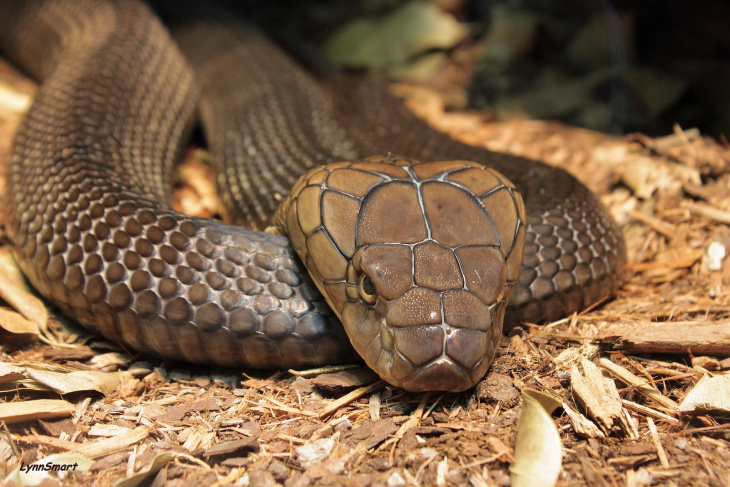
King Cobra. Photo: L A Smart
Indiana Jones has had a few close calls with King Cobras in his adventures throughout the world. In fact, the King Cobra has found itself iconized by popular culture as one of the world’s most lethal snakes. Its bite can take down an Asian Elephant, which is equivalent to 20 humans, and it’s not even close to the most venomous snake in the world.
King Cobras can be found in a shrinking number of habitats in Vietnam’s mountain ranges. Conservation plans are in place to reintroduce small numbers of them into suitable habitats, far from humans. While there are King Cobra bites recorded every year in Vietnam, and antivenom exists that is extremely effective, however, bites can still lead to long-term health issues.
Malayan Pitviper

Malayan Pitviper. Photo:
Another one of Vietnam’s roughly 30 snakes with potentially lethal venomous bites is the Malayan Pitviper. The Malayan Pitviper has widespread distribution throughout Southeast Asia and thus is a well-studied snake. Antivenom for its bites exist and most medical facilities in major urban areas in Southeast Asia have it on hand. That said, this snake is dangerous because it’s quite moody.
They are often handled or more accurately mishandled, and that is when their strike can be most debilitating. They are usually found in drier regions of Vietnam, sometimes even along well-defined paths. They’re not all that frightened by humans and sometimes won’t even budge as you pass by.
While deaths are very rare from Malayan Pitviper bites, significant impacts are common such as losing part of the limb that they bit.
White-lipped Pitviper

White-lipped Pitviper. Photo: tontantravel
The White-lipped Pitviper is an iconic rainforest species of southeast Asia. They are a striking green color with an obvious white stripe down each side that culminates in a white “lip” on its mouth. While White-lipped Pitviper bites rarely result in death, if untreated, their bites can certainly be lethal.
Most of the time there is significant swelling, bruising, and in extreme cases some partial loss of the affected region. They are sneaky snakes, waiting in the branches or brush for unsuspecting prey to pass. And unlike other Pitviper species, they hold on to their prey and wait while they die before consumption.
Many-banded Krait
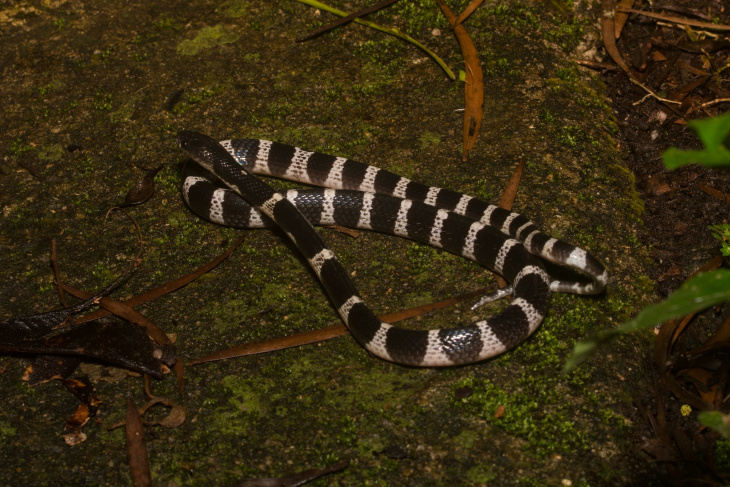
Many-banded Krait, Hong Kong. Photo: Andrew DuBois
The Many-branded Krait is thought to be one of the most venomous snakes in the world and is at least twice as venomous as King Cobras. Basically, a bite from one of these striped little fellas that remains untreated will almost surely result in death. While this snake is not a commonly encountered citizen of Vietnam’s forests, it does have an extra layer of danger.
There are a number of other Kraits and snake species that look strikingly similar to the Many-banded and bad identification can be a last identification.
Weaver Ants

Weaver Ants. Photo: budak
There’s something frightening about the idea of a swarm of ants and Weaver Ants are a special breed of creepy. These eusocial insects survive in the trees by having worker ants put together woven leaves and branches. Their collective behaviors make them considerable opponents for just about any foe in the forest.
While their bites don’t directly inject venom, they are extremely painful. At the site of the wound, they will spray formic acid as well increasing the level of discomfort. While one or two bites will simply leave you feeling the pain, a swarm of these ants would a whole different story.
One of the coolest aspects of Weaver Ants is their relationship with honey-producing insects. While Weaver Ants will act territorial against most other species, they will actively protect colonies of honey-producing insects because of the direct benefits to them.
Bats
While you’d be hard up to find a story about a death resulting from bat-inflicted wounds, that doesn’t mean these ferocious little flying mammals aren’t dangerous. Some species of bats are strictly omnivorous and focus on fruit and insects, a select group of them have sharp teeth and prey on small rodents.
The most dangerous part of the bat populations in Vietnam isn’t their fangs or their likelihood of turning into Dracula. Instead, it’s their ability to carry and transmit zoonotic diseases to humans and other creatures. Bats account for almost three-quarters of Vietnam’s mammalian species and the best place to catch a glimpse of them is in the country’s numerous cave systems.
It should also be mentioned that avoiding any food that includes various parts of a bat may be in your best interest.
Spiders
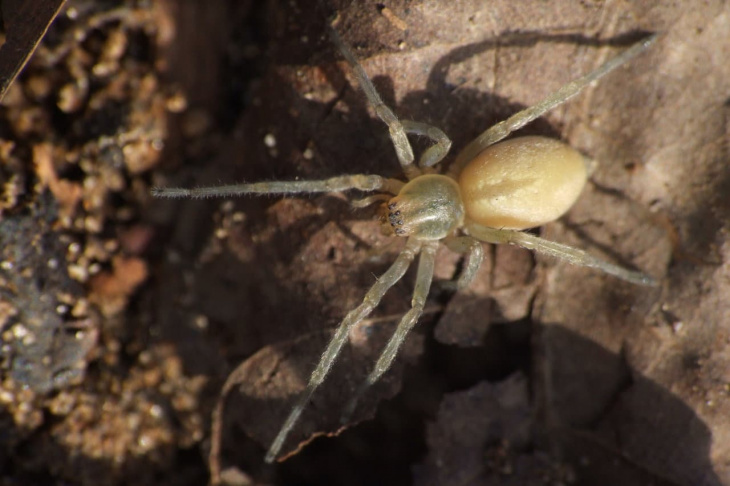
Yellow Sac. Photo: Eran Finkle
While there are those of us that find spiders exciting, many find them terrifying, especially in Vietnam since a lot of them are pretty dangerous. There are countless poisonous spiders throughout southeast Asia, and Vietnam is certainly home to its fair share. Many of the most poisonous species are actually the smallest and most unsuspecting.
The Yellow Sac, Vietnamese Tarantula, and a myriad of widow subspecies are some of Vietnam’s known poisonous species. Surprisingly though, the diversity of spider species in Vietnam is not well documented.
Guar
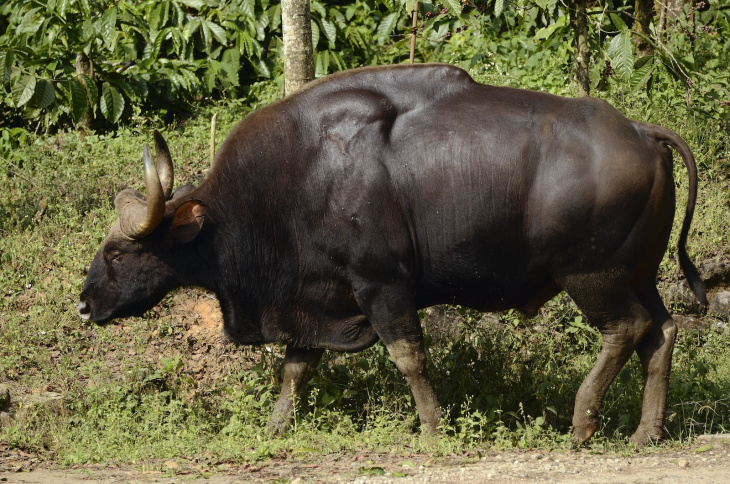
Indian Gaur from anaimalai hills. Photo:
Funny enough, the Guar is generally a peaceful and easy-going animal, however, its sheer size and massive horns make it a risk factor for those that are in close proximity. They can weigh in at 1000 kg and during certain times of the year, like the breeding season, Guars have been known to charge at full speed at suspected predators.
They are known as southeast Asia’s bison and have the stature to match. In the remote mountain forests of Vietnam, small herds of Guar can be found. Unfortunately, they are one of Vietnam’s fastest shrinking land mammal populations.
Saltwater Crocodile
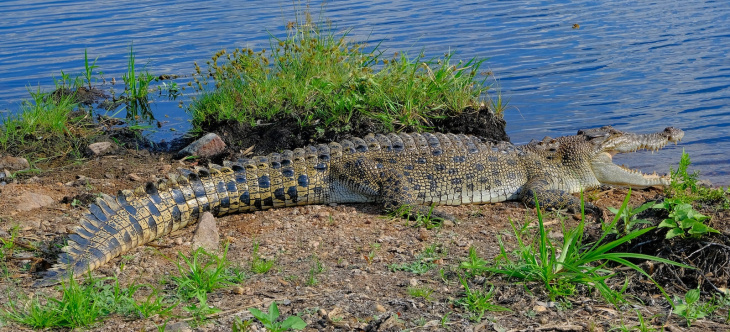
Saltwater Crocodile, Australia. Photo: Geoff Whalan
More than likely, the Saltwater Crocodiles of Vietnam have seen their last day. There are potentially a random few individuals still surviving deep in the midst of the Mekong or Red River Deltas, but in general, Saltwater Crocs are extirpated from Vietnam. The country has engaged in the conservation of the species targeted at small controlled reintroductions in national parks.
These crocodiles are the largest in the world in addition to being fast, immensely powerful, and able to hunt both on land and in the water. Back when they were still common in the region, interactions with humans routinely result in death as a bite from one of these monsters wasn’t usually isolated.
Indochinese Tiger

Indochinese Tiger. Photo:
Another of Vietnam’s likely extirpated large predatory species, the Indochinese Tiger is one of the world’s most majestic and beautiful big cats. For the most part, like other large carnivores, they will avoid contact with humans and other large predators. But, in the event of territory encroachment, interaction with cubs, or out of protection, the Indochinese Tiger doesn’t mess around.
One cool fact about these striped kings of the jungle is that their bite is almost twice as powerful as that of an African Savanna Lion.
Clouded Leopard

Clouded Leopard. Photo: angela n.
Even more skittish about humans than Indochinese Tigers are the Clouded Leopards. The unfortunate reality is that Clouded Leopards likely exist in the same realm as the Saltwater Crocodiles, being perhaps nonexistent. Nevertheless, these secretive cats are powerful hunters and, in the rare event that they needed to, could certainly take down a human with ease.
The reality is that they are far more likely to hunt prey than they are used to tracking and attacking. There are still a few of these cats left in the wild around southeast Asia and there are some preliminary plans to test captive breeding and reintroductions.
Jellyfish

Jellyfish, Tennessee. Photo: Sam DeLong
Having a swim in the oceans of offshore Vietnam is an experience every traveler to the country should experience. The warm waters, white sand beaches, aqua blue water, and rising limestone cliffs are images out of a dream. That said, the waters around Vietnam are home to some dangerous species, particularly along the coastline of Phu Quoc.
At certain times of the year, there are huge congregations of jellyfish in these waters, and stings from these ocean aliens can lead to severe wounds. There are even a few rare species with highly poisonous stings. In addition to Jellyfish, there are other species in the waters off the coast of Vietnam that are worth looking out for like sharks and rays.
Golden Jackal
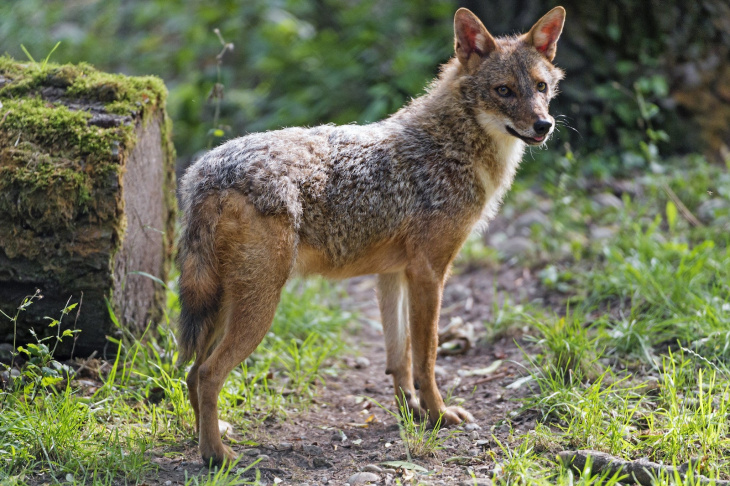
Golden Jackal. Photo: Tambako The Jaguar
How often have you heard about a human being hunted by a coyote in North America? Not often. And the same goes for the rarely encountered Golden Jackals of Vietnam. These pack canine carnivores focus on other dead animals and easier targets with less risk. Nevertheless, if you’re in the right place at the wrong time, they could provide a scare.
The most likely dangerous interaction between these coyote-like canines and humans would be with young children who are the size of their normal prey.
Asian Black Bear and Sun Bear
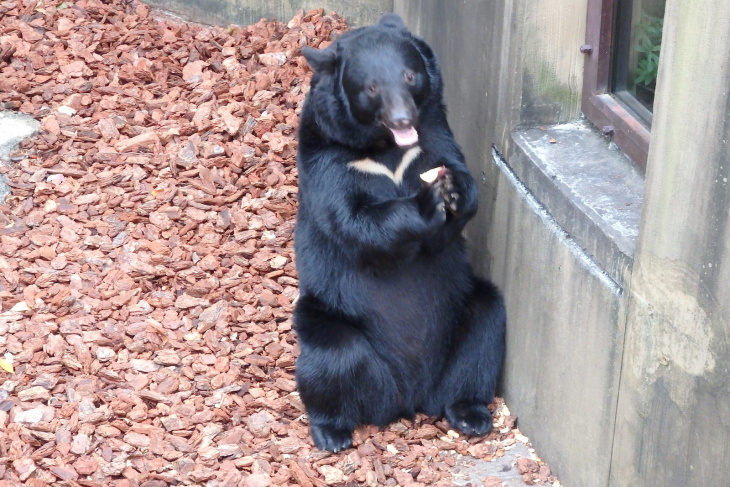
Asian Black Bear. Photo: yuki_alm_misa
Bears generally don’t like humans and they will do their best to avoid contact. That said, they are also huge, powerful animals with the capability to move fast and attack with force. Bears are territorial animals and, when they are surprised, they aren’t the friendly Baloo we all know and love from the Jungle Book.
While human deaths are very rare due to Asian Black Bear attacks, the bears are capable of easily doing lethal damage. When hiking through Asian Black Bear or Sun Bear country, being cautious about den sites and making noise to warn these creatures is the best way to avoid surprising a Momma bear with her cubs.
Wild Boar
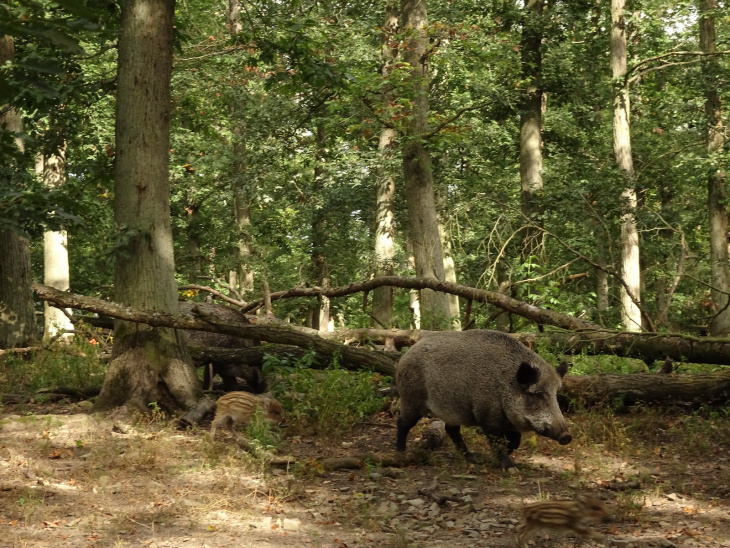
Wild Boar. Photo: Dr. Hans-Günter Wagner
Wild Boars are responsible for more human deaths in the U.S. per year than sharks and in Vietnam, these wild pigs are the prey of species like Jackals, Bears, and traditionally tigers and leopards. While the wild boars are definitely a flight risk with regards to injury by physical contact, they also carry various zoonotic diseases that can be passed to other species including humans.
This makes them a complicated and dangerous species of remote backcountry Vietnam.
Keep Your Distance and Leave No Trace
While actually experiencing many of these creatures is slim, exploring Vietnam’s wild side may lead you to have an interaction with some of these species. If you are concerned about encountering dangerous wildlife, especially while hiking through the country’s national parks, mountains, and forests, consider hiring a local guide to make sure you stay safe.
That being said, you shouldn’t be worried about coming face to face with a tiger on your walk to the store. However, if you are looking to see one though in person, consider visiting one of Vietnam’s zoos or wildlife amusement parks.
Đăng bởi: Hường Mây Đặng


